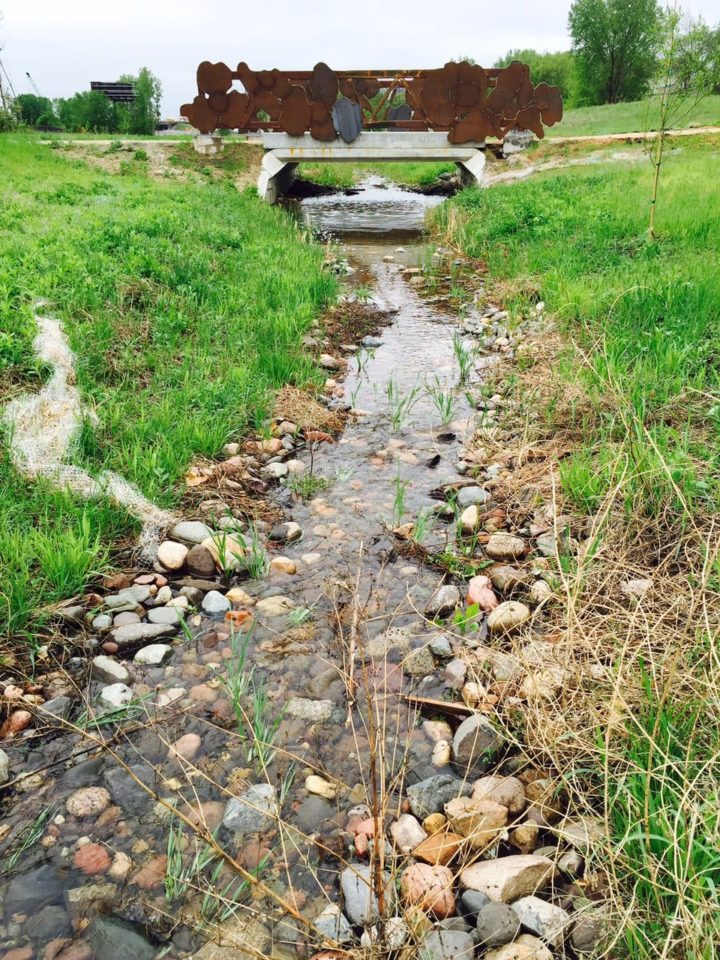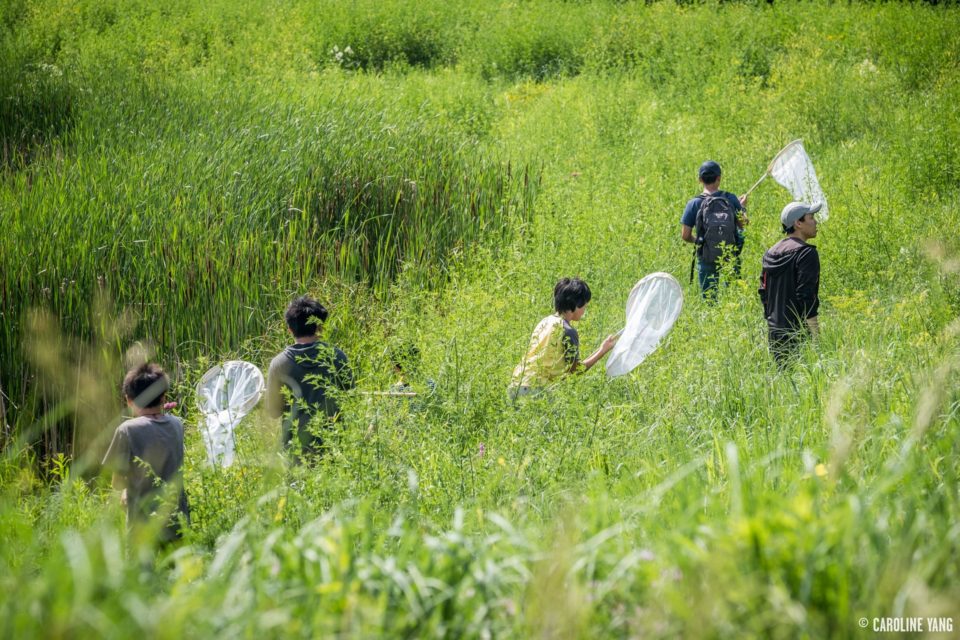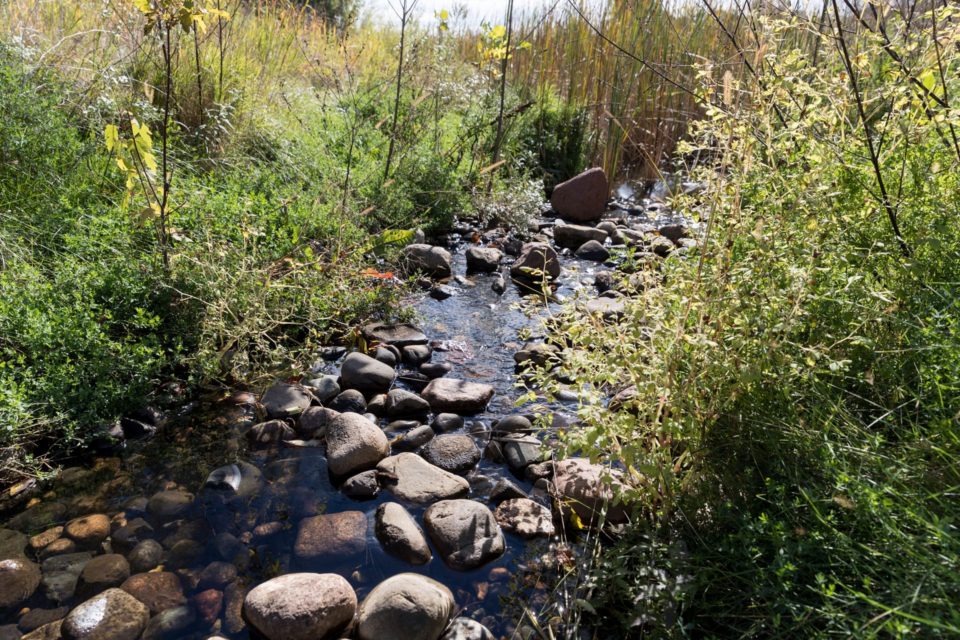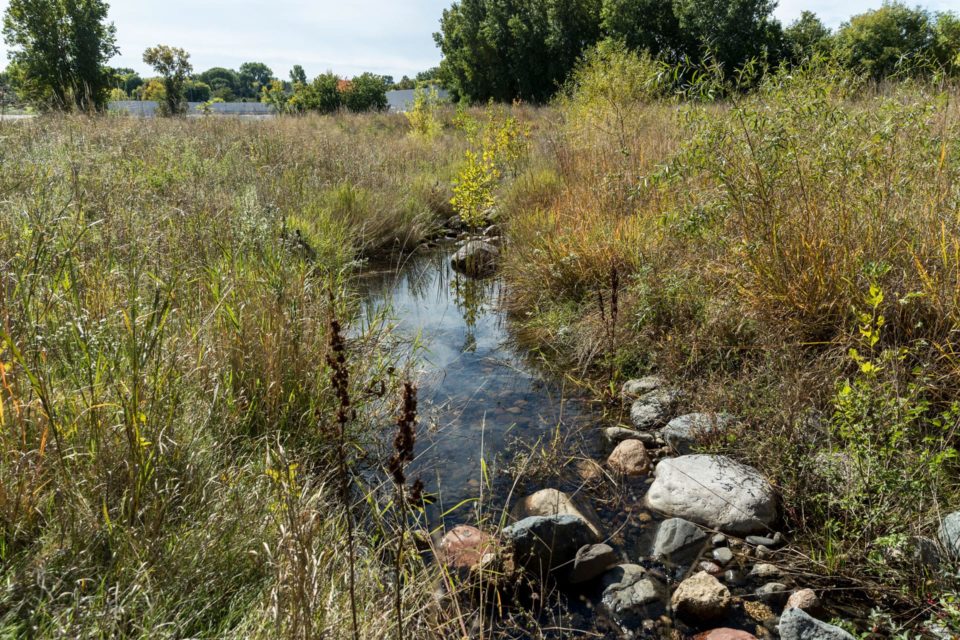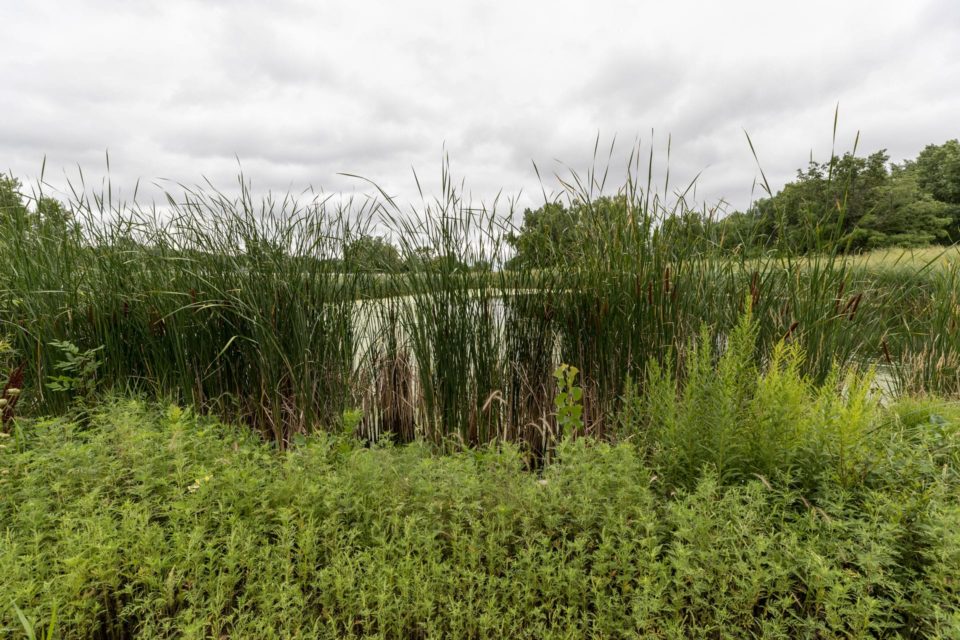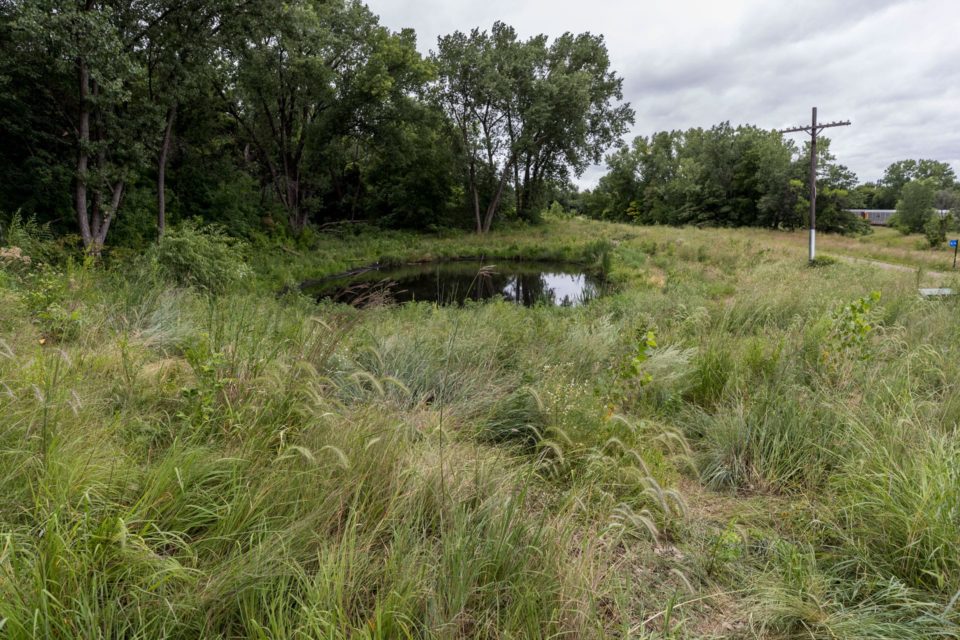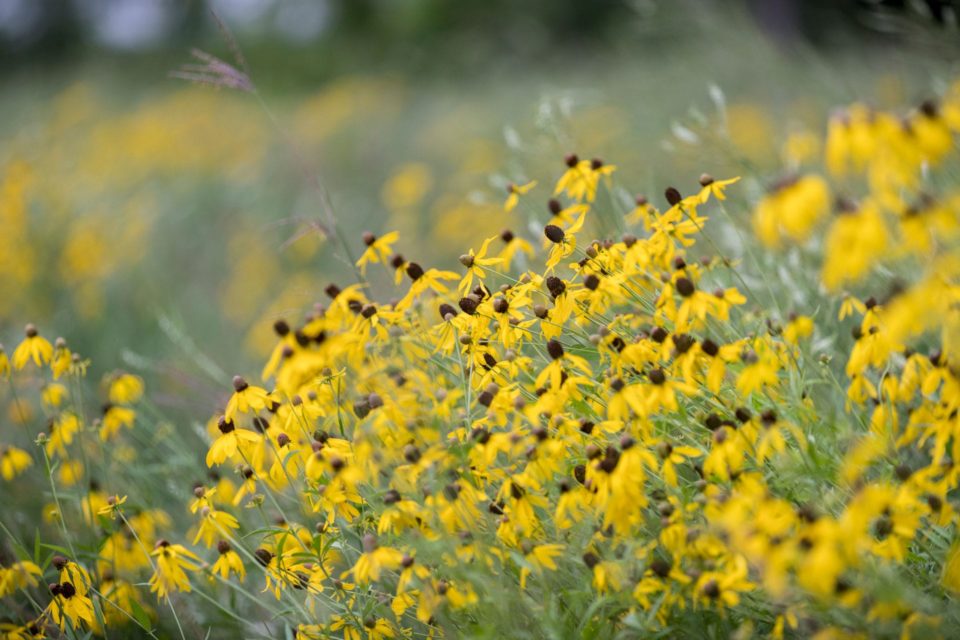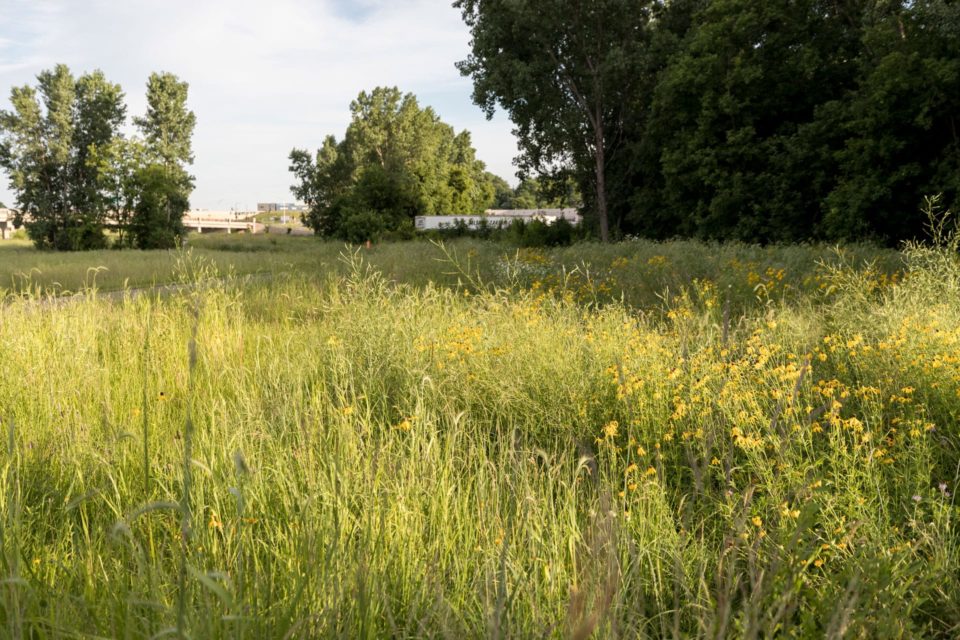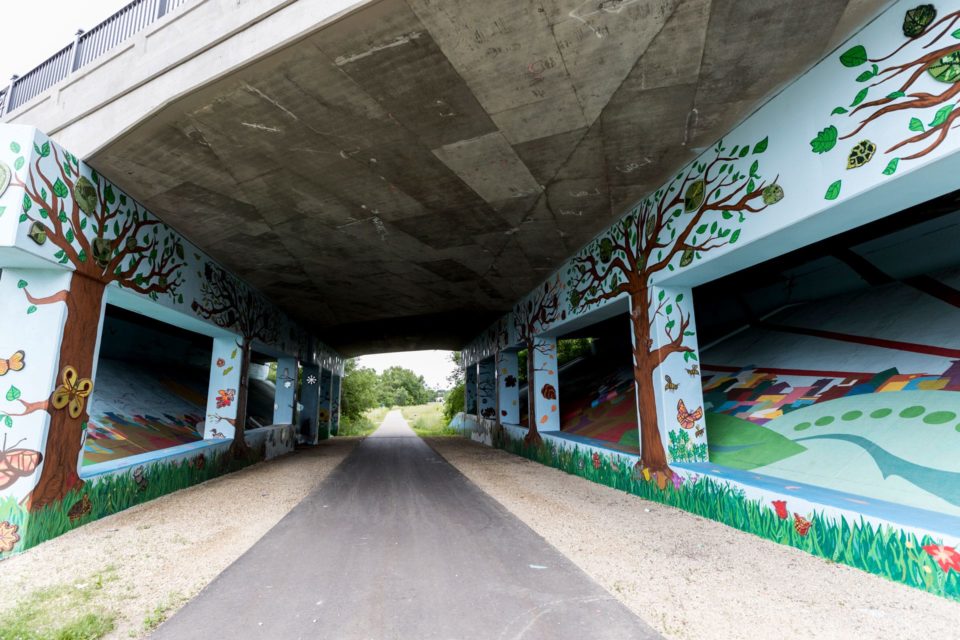From Brownfield to Greenway
In 2010, CRWD identified Trout Brook Nature Sanctuary as an opportunity to “Bring Water Back to Saint Paul.” The 40-acre restored wilderness area near I-35E and Cayuga Avenue was once a lush valley carrying Trout Brook from Lake McCarrons in Roseville to the Mississippi River in Downtown Saint Paul.
By the 1880s, railroad construction had filled the channel, diverting Trout Brook into an underground sewer pipe and permanently altering the natural environment. Years of industrial pollution had also contaminated the groundwater, leading to EPA Brownfield designation in the early 2000s. A new solution for collecting and filtering stormwater from adjacent communities was desperately needed to improve the site and restore balance to the natural ecosystem.


